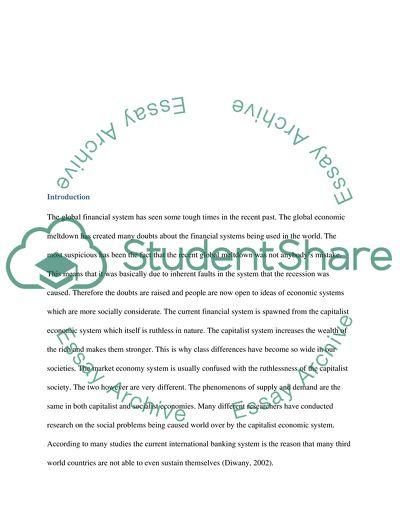Cite this document
(Comparative Analysis of Islamic Banking with Its Conventional Counterp Research Proposal, n.d.)
Comparative Analysis of Islamic Banking with Its Conventional Counterp Research Proposal. https://studentshare.org/finance-accounting/1742320-comparative-analysis-of-islamic-banking-with-its-conventional-counterparts
Comparative Analysis of Islamic Banking with Its Conventional Counterp Research Proposal. https://studentshare.org/finance-accounting/1742320-comparative-analysis-of-islamic-banking-with-its-conventional-counterparts
(Comparative Analysis of Islamic Banking With Its Conventional Counterp Research Proposal)
Comparative Analysis of Islamic Banking With Its Conventional Counterp Research Proposal. https://studentshare.org/finance-accounting/1742320-comparative-analysis-of-islamic-banking-with-its-conventional-counterparts.
Comparative Analysis of Islamic Banking With Its Conventional Counterp Research Proposal. https://studentshare.org/finance-accounting/1742320-comparative-analysis-of-islamic-banking-with-its-conventional-counterparts.
“Comparative Analysis of Islamic Banking With Its Conventional Counterp Research Proposal”. https://studentshare.org/finance-accounting/1742320-comparative-analysis-of-islamic-banking-with-its-conventional-counterparts.


